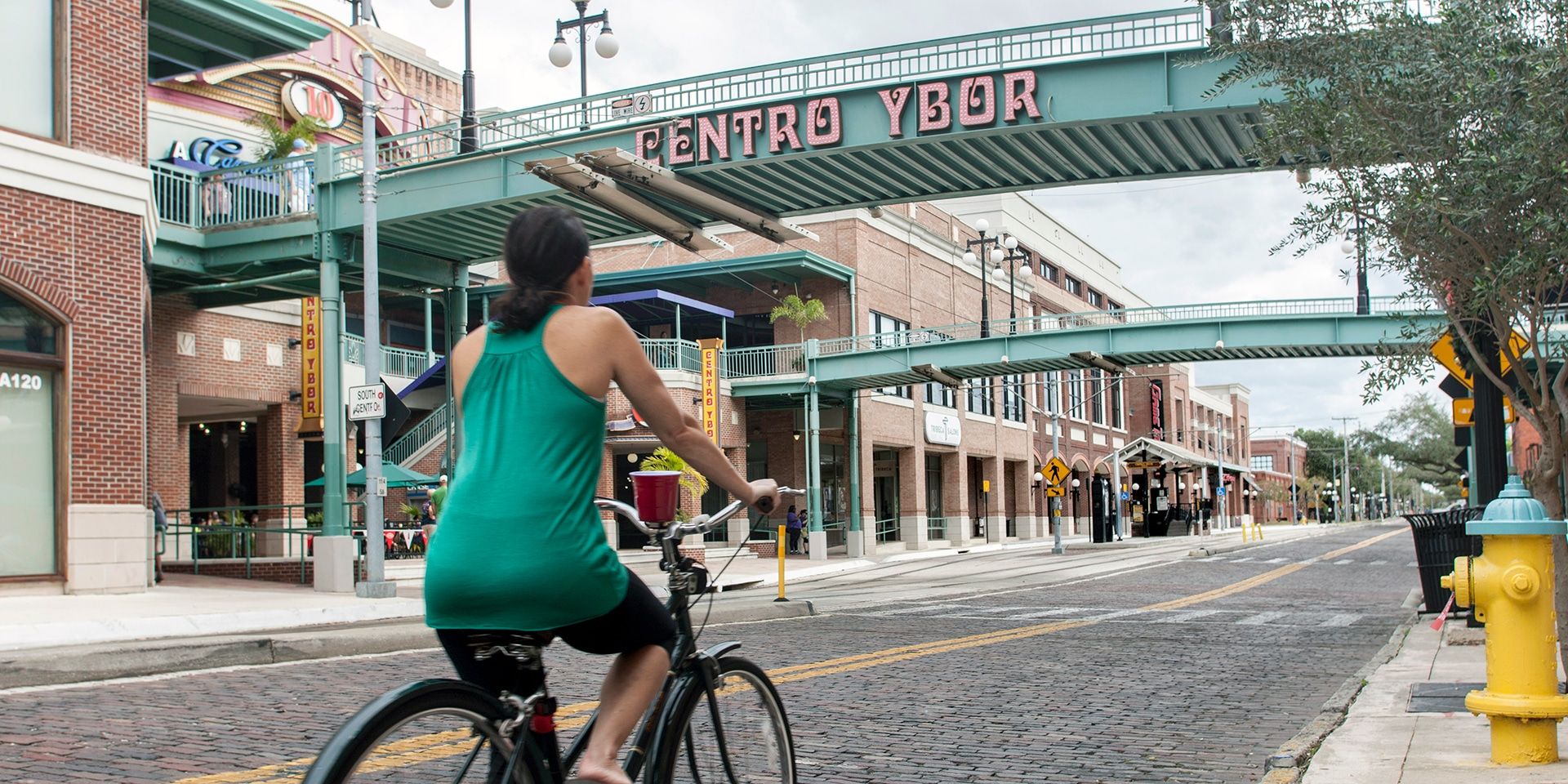Freedom & Responsibility

It seems we often find ourselves in situations where we are confused about rights and responsibilities. While these conflicts often arise in political arguments, they are also quite relevant in the very concrete nature of being a pedestrian. Many of us, whether driving cars, walking, or riding a bike get aggravated with one another over differing ideas about one another's rights and responsibilities.
It can sometimes be quite intimidating for someone who is new to walking or biking to do either of those things in or around traffic. This is especially true when so many drivers seem to be either distracted or aggressive. It is important to know your rights and responsibilities when walking or cycling and then, beyond just knowing the law, it is good to have some general wisdom about best practices that might not all be spelled out in law.
It seems that most conversations tend to address our rights, often neglecting to properly emphasize corresponding responsibilities so here, in this article, we will begin by placing emphasis on responsibility. First of all, if you choose to cross a street or ride your bike in traffic you are, in a very real way, choosing to trust yourself to navigate the realities of both the terrain and the environment. When you make this choice, you accept the responsibility to stay alert and carefully protect yourself from harm. While it is true that in most cases, drivers have the lion's share of the responsibilities where they intersect with cyclists and pedestrians, rights and laws will only go so far in keeping you safe. You have to fully own your responsibility to take proper precautions regardless of laws.
There are laws in place like Chapter 316.130 of Florida Statues that cover pedestrian/traffic regulations. One important thing to know is that contrary to the commonly referenced rule of thumb, pedestrians do NOT always have the right-of-way.
For example:
- Every pedestrian crossing a roadway at any point other than within a marked crosswalk or within an unmarked crosswalk at an intersection shall yield the right-of-way to all vehicles upon the roadway.
- Between adjacent intersections at which traffic control signals are in operation, pedestrians shall not cross at any place except in a marked crosswalk.
And while the following seems overwhelmingly obvious
- No pedestrian shall suddenly leave a curb or other place of safety and walk or run into the path of a vehicle which is so close that it is impossible for the driver to yield.
- If on foot, you should walk on the sidewalk (or shoulder if no sidewalk exists) in the opposite direction of the flow of traffic.
- If you are on a bicycle, you are a vehicle and should ride in the same direction as traffic. Wherever possible, use bike lanes, where there are no bike lanes you can (and should) use the far right lane of traffic. Many riders are uncomfortable with this as they know how irritating it might be for the drivers behind them. It is, however, far better to have an irritated driver that clearly sees you than oblivious drivers flying past you while on the shoulder without a clearly marked bike lane. While bikes are permitted to use on sidewalks it is typically safer to actually use the roads and stay in the flow of traffic. Some roads however (like Busch Blvd) can make that seemingly impossible in which case, use sidewalks, going in the direction of traffic, and be very alert for cars turning into any paths that cross the sidewalks. Also, if you are on a bike and sharing a sidewalk or a path with pedestrians, you must yield to them. They have the right-of-way in this scenario. It is also best to ring a bell or shout out that you are “passing on the left (or right)” so that you do night catch them off-guard or frighten them as you pass. Be loud enough as many pedestrians will have headphones on which can make getting their attention challenging.
Below are four of the five rules of the road from the League of American Cyclists. The first is ‘Follow the Law’ and since there is different advice for walking and biking, as covered above, we left it off of the bulleted list below. While this is specifically written with cyclists in mind, it is not hard to translate for pedestrians as well.
BE PREDICTABLE
Make your intentions clear to everyone on the road. Ride in a straight line and don’t swerve between parked cars. Signal turns, and check behind you well before turning or changing lanes.
BE CONSPICUOUS
Ride where people can see you and wear bright clothing. Use a front white light, red rear light and reflectors when visibility is poor. Make eye contact with others and don’t ride on sidewalks.
THINK AHEAD
Anticipate what drivers, pedestrians, and other people on bikes will do next. Watch for turning vehicles and ride outside the door zone of parked cars. Look out for debris, potholes, and other road hazards. Cross railroad tracks at right angles.
RIDE READY
Check that your tires are sufficiently inflated, brakes are working, chain runs smoothly, and quick release levers are closed. Carry tools and supplies that are appropriate for your ride. Wear a helmet.
The last line of the above points is a great way to illustrate that best practices are not always covered by laws. If you are under 16 in Florida, by law, you must wear a properly fitted helmet while riding a bike. For everyone over 16, it is completely up to your discretion. You do not have to wear a helmet by law. It is often good to remember how much has been invested into our heads, like our education, our functioning motor stills, and even the lessons from this article are all on the line when we risk brain trauma. It is, for most of us, a valuable enough storage of knowledge and abilities that it is worth wearing a helmet as a proper precaution and makes a huge difference in the event of a crash. It is also, as is the case with all rights and freedoms, your responsibility.
Freedom implies responsibility and at a very deep existential level, we all know this to be true. Freedom and responsibility is an existential given of the human experience. So much so that at times it seems paralyzing. Let’s protect that existential paralysis by choosing to wear our helmets, and do our best to avoid a literal paralysis that might limit our most basic capacities and freedom.
All that to say, you also have some rights. You have a right to walk or ride your bike within the limits of the laws. There is infrastructure in place to facilitate that in most places around the city. Walk on sidewalks, ride in bike lanes or traffic. You have a right to petition your local gov’t to make much needed infrastructure improvements in this regard as well. Please do so. In many situations you do actually have the right-of-way as a pedestrian. However, handle with care and do not count on rules to keep you safe. Be smart out there. We want to encourage you to walk and bike around our city. It is a great way to stay healthy, limit gas consumption (and prices), experience your community, and so much more. We also hope that this little encouragement to be responsible and know the rules of the road will help build your confidence and ability to walk and ride safely.
Until next time, be pedestrian.
